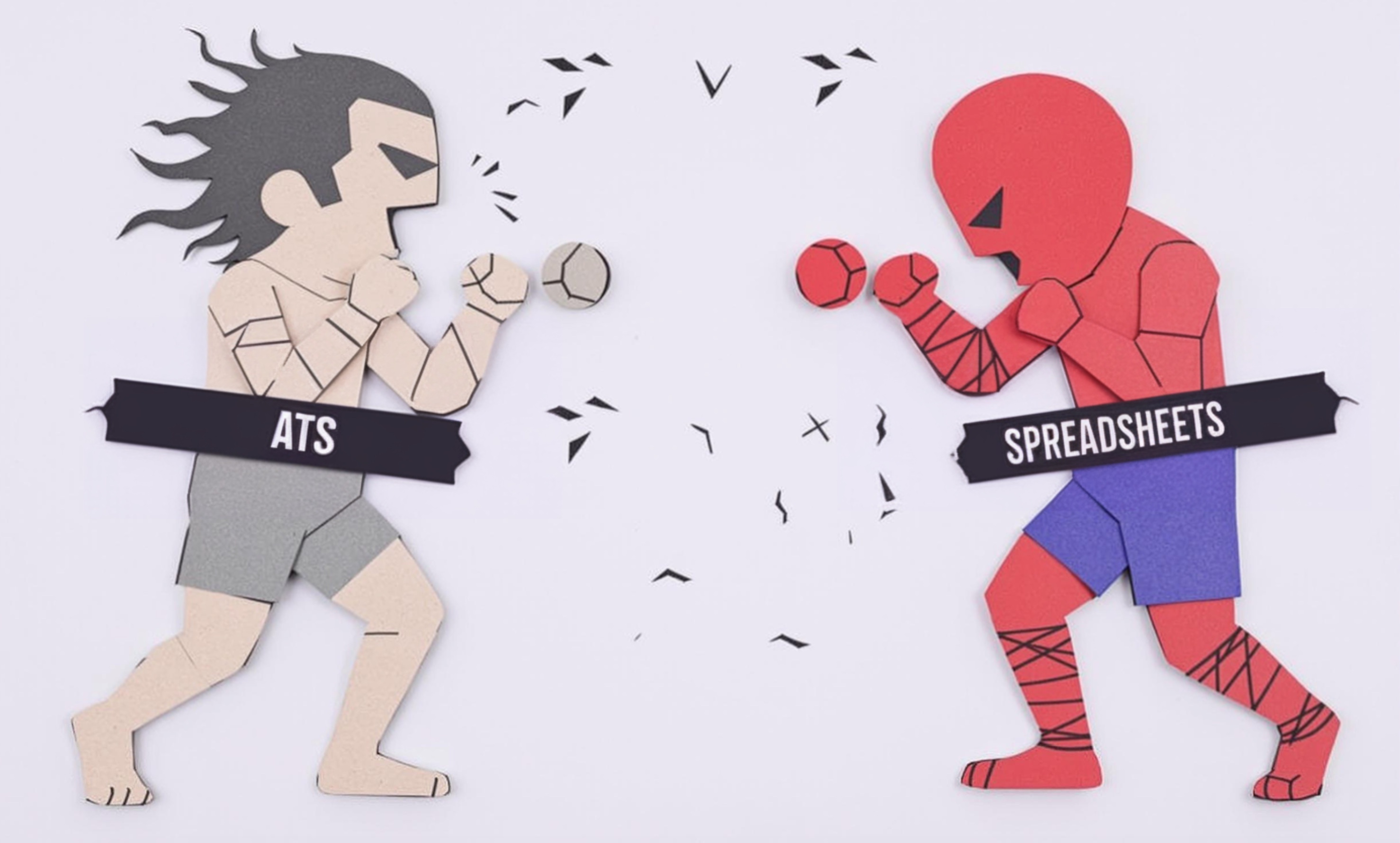
Sub-ledger
A sub-ledger is like a detailed record book that tracks specific types of financial transactions within a company. Think of it as a specialized notebook that keeps track of one type of account, such as accounts payable (money owed to vendors) or accounts receivable (money customers owe). These detailed records then feed into the main accounting book (general ledger) with summarized totals. It's similar to having separate folders for different types of receipts that all get summarized in one main spreadsheet. Companies use sub-ledgers to keep their financial records organized and make it easier to find specific transaction details when needed.
Examples in Resumes
Managed Sub-ledger reconciliations for accounts payable department
Implemented new Sub-ledger system resulting in 40% faster month-end closing
Maintained accuracy of Sub-ledger accounts with daily reconciliation processes
Supervised team of 3 clerks handling Subsidiary Ledger entries and reconciliations
Typical job title: "Accountants"
Also try searching for:
Where to Find Accountants
Professional Networks
Job Boards
Example Interview Questions
Senior Level Questions
Q: How would you handle a situation where the sub-ledger doesn't balance with the general ledger?
Expected Answer: A senior accountant should explain the systematic approach to investigating discrepancies, including checking recent transactions, reviewing reconciliation processes, and implementing controls to prevent future mismatches.
Q: Can you explain how you would improve sub-ledger efficiency in a large organization?
Expected Answer: Should discuss streamlining processes, implementing automated reconciliation tools, establishing clear procedures, and training staff on best practices for maintaining accurate sub-ledgers.
Mid Level Questions
Q: What controls would you put in place to ensure sub-ledger accuracy?
Expected Answer: Should mention regular reconciliations, documentation procedures, separation of duties, and review processes to maintain accurate records.
Q: How often should sub-ledgers be reconciled with the general ledger?
Expected Answer: Should discuss standard reconciliation frequencies (daily, weekly, monthly), factors that influence timing, and importance of consistent schedules.
Junior Level Questions
Q: What is the purpose of a sub-ledger?
Expected Answer: Should explain that sub-ledgers provide detailed transaction records for specific accounts and feed summary information to the general ledger.
Q: What are common types of sub-ledgers?
Expected Answer: Should identify basic sub-ledgers like accounts payable, accounts receivable, inventory, and fixed assets, explaining their basic functions.
Experience Level Indicators
Junior (0-2 years)
- Basic bookkeeping principles
- Data entry accuracy
- Simple reconciliations
- Understanding of accounting software
Mid (2-5 years)
- Complex reconciliations
- Problem-solving discrepancies
- Month-end closing processes
- Training junior staff
Senior (5+ years)
- Process improvement
- Team supervision
- Internal control development
- System implementation
Red Flags to Watch For
- Inability to explain basic accounting principles
- No experience with accounting software
- Poor attention to detail
- Lack of reconciliation experience
Related Terms
Need more hiring wisdom? Check these out...

Beyond Spreadsheets: Why Executive Dashboards in ATS Systems Are Your Secret Hiring Weapon

Salary Transparency Laws: What HR Leaders Need to Know

Why Your Hiring Spreadsheets Are Secretly Sabotaging Your Recruitment

